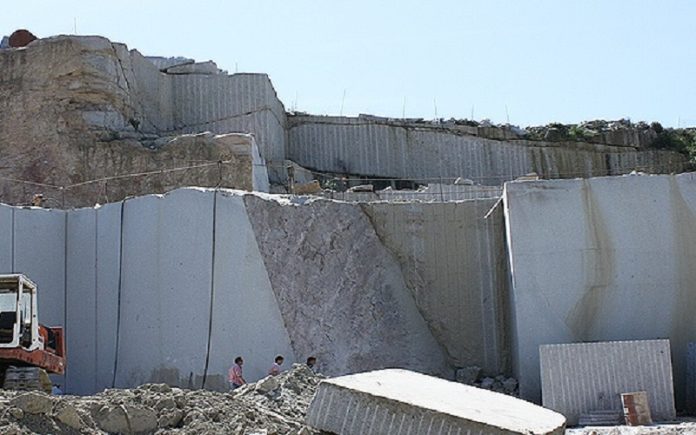Sardinia, an island off the coast of Italy, is renowned for its captivating landscapes, shrouded in an air of mystery and steeped in ancient traditions. However, one of its most remarkable geological features often goes unnoticed: Sardinian pink granite. This unique natural stone of volcanic origin holds a special place in human history and culture, earning it a prestigious designation in 2019 as one of only 21 minerals recognized as a Global Heritage Stone Resource by the International Union of Geological Sciences.
Unveiling the Beauty of Sardinian Pink Granite
Sardinian pink granite is abundantly present in the northeastern region of the island. Its distinctive rosy hues, adorned with patches of Mediterranean shrubs and plants, define the contours of Gallura’s breathtaking beaches, painting a mesmerizing landscape.
The majority of the quarries extracting this precious mineral are located in this very area. These quarries have been instrumental in shaping the island’s stone industry, and it is not uncommon to encounter specialized machinery removing large granite blocks from the mining sites. Once extracted, these blocks are meticulously sliced into thinner slabs, catering to the needs of artisans and industrial professionals seeking to elevate their creations with the beauty, strength, and durability of Sardinian pink granite.
Varieties of Sardinian Pink Granite
Among the various types of Sardinian pink granite, Rosa Beta stands out as the most celebrated. Its exceptional qualities have garnered international acclaim, making it a preferred choice for a wide range of applications. The harmonious blend of gray hues, punctuated by white and black spaces, accented with delicate pink spots, renders Rosa Beta aesthetically pleasing. Moreover, its remarkable resistance, impermeability, ease of processing, and competitive pricing further enhance its appeal.
Another notable variety is Rosa Limbara, though less renowned than Rosa Beta, it boasts comparable strength and durability. Its defining characteristic lies in its appearance, featuring a gray background speckled with varying intensities of brick-red pink patches.
Applications in Architecture and Design
Versatility aptly describes the myriad uses of Sardinian pink granite. Its compact nature, resilience to impact and scratches, and imperviousness to acids, weathering, and frost make it a compelling choice for both interior design and architectural applications.
In domestic settings, Sardinian pink granite graces floors, kitchen and bathroom countertops, staircases, window sills, and wall coverings, exuding elegance and sophistication. Its architectural prowess is equally impressive, adorning renowned structures such as the Palatine Bridge in Rome and the Borsa di Milano.
Sardinian pink granite’s exceptional qualities and rich history have solidified its reputation as a geological gem, recognized worldwide for its extraordinary value in diverse applications. Its versatility, durability, and captivating beauty continue to inspire architects, designers, and homeowners alike, ensuring its enduring presence in the realm of design and construction.









































